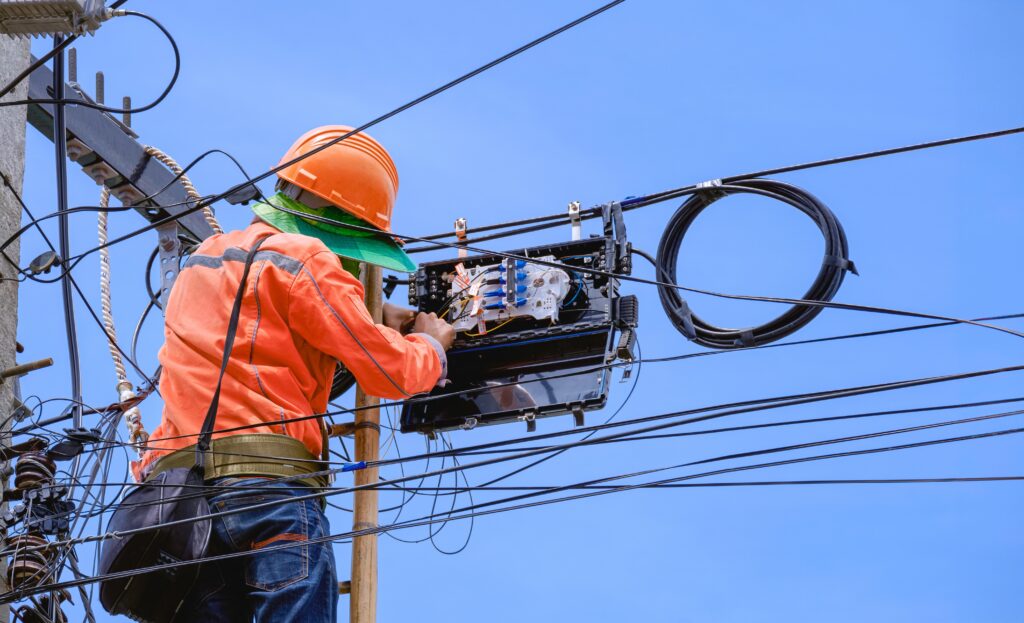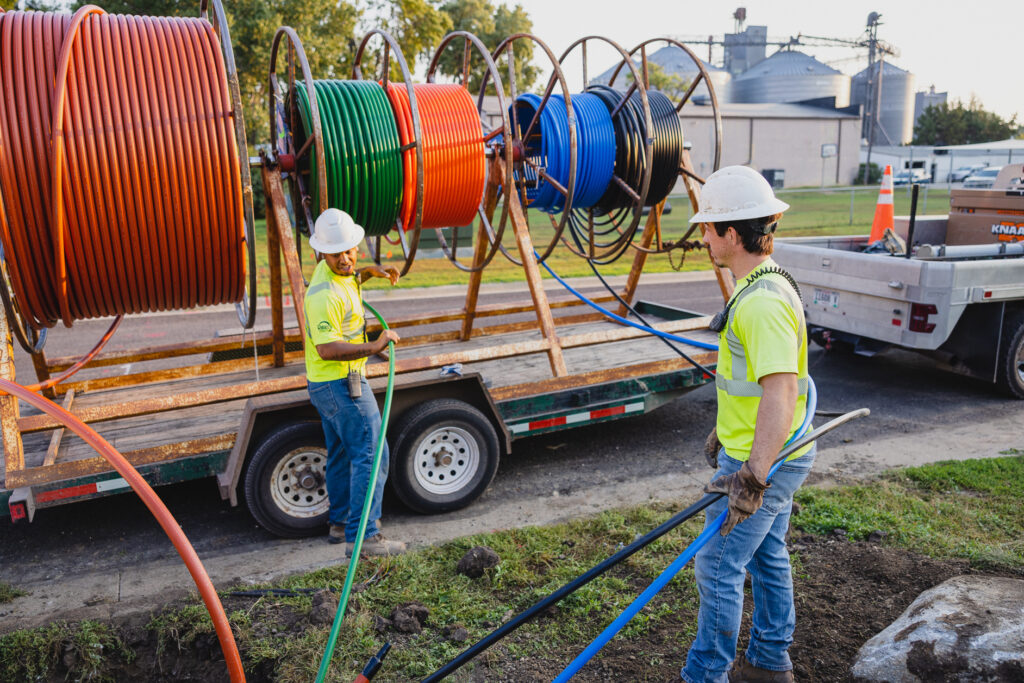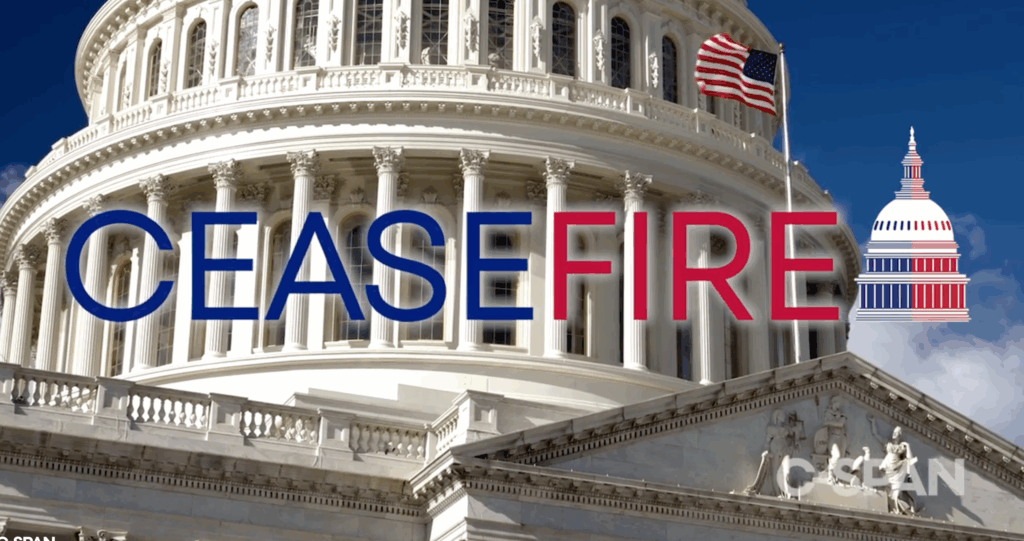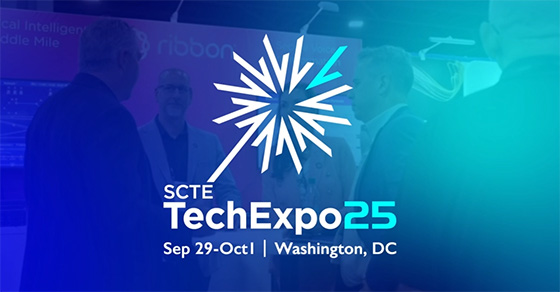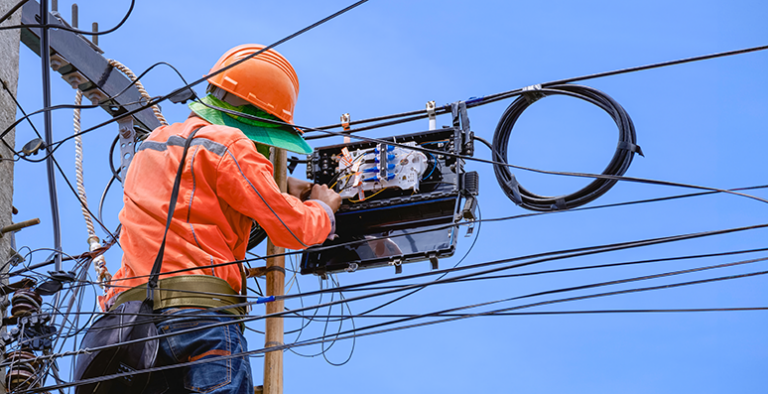Washington, DC – Nearly 90 percent of home Internet modems, routers and other equipment that deliver broadband to millions of American consumers purchased in 2015 met rigorous new energy efficiency standards, according to a new report by independent auditor D+R International.
In 2015, the major U.S. Internet service providers that together serve more than 85 percent of the consumer market, as well as major retailers of the “small network equipment” such as modems and routers used for such services, signed the Voluntary Agreement for Ongoing Improvement to the Energy Efficiency of Small Network Equipment. This agreement, modeled on the highly successful award-winning agreement for set-top boxes, includes a commitment beginning January 1, 2016 that 90 percent of the small network equipment purchased by service providers and sold at retail by vendors meets new energy efficiency standards. Signatories to the agreement include service providers AT&T/DIRECTV, Cablevision, CenturyLink, Charter/Time Warner Cable/ Bright House Networks, Comcast, Cox Communications, and Verizon; and manufacturers Actiontec, ARRIS, Cisco, D-Link, EchoStar Technologies, NETGEAR, Pace and Ubee Interactive.
“This is a significant accomplishment, bolstering our mutual interest in a commitment to reducing the energy footprint of the growing number of plug-load devices used by consumers,” says Professor G.P. Li, Director of the California Plug Load Research Center at the University of California Irvine, a leader in cutting-edge, energy-efficiency solutions for plug load devices. “We anticipate this consortium’s effort will continue to realize valuable savings.”
The independent auditor found that the signatories were successful in early implementation of their commitments, with seven of the eleven reporting signatories meeting the 90 percent commitment, and overall 89.6 percent of reported units purchased and sold in 2015 meeting the new energy efficiency standards. D+R also found that the average maximum energy level permitted by the new commitments represent approximately an 18 percent reduction in energy usage from other recently deployed models. The Voluntary Agreement is expected to continue to achieve additional savings as signatories fully implement their commitments in 2016.
Other progress reported under the Voluntary Agreement includes:
- Disclosure of Energy Efficiency Information to Consumers. Energy information about all models purchased or sold at retail by signatories in 2015 has been made available to consumers at a new website, www.energy-efficiency.us, and on the signatories’ websites, to provide more transparency and information to consumers, regulators and other stakeholders and in accordance with the signatories’ commitments under the Agreement to provide reasonable access to such information to consumers.
- Verification Testing. The independent auditor randomly selected one model from each signatory’s annual report to be independently tested by an accredited third-party lab or under the supervision of an accredited third-party observer. The auditor reported that these independent lab verification results for all of the equipment models tested confirmed that idle mode energy usage was at or below the levels reported by the signatories.
- Random Audit. The Voluntary Agreement requires the independent auditor to randomly select one signatory for a comprehensive audit of the data submitted in its annual report. D+R International determined that the audited signatory data was consistent with its annual report.

